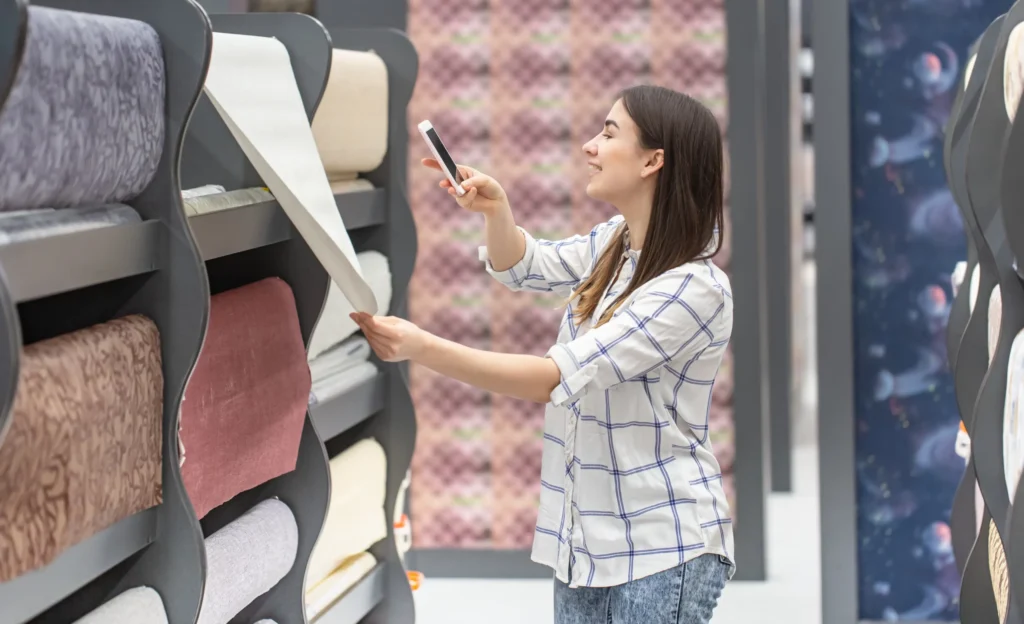What are retail analytics and why are they useful?
At their core, retail analytics help retailers understand how customers interact in the store, and with their products and promotions. In-store retail analytics provide detailed information on customer behavior and preferences that can be used to tailor promotions and products to the needs and wants of target audiences. This data can be used to measure the effectiveness of merchandising, store layouts and promotions.
Retail analytics also help streamline and measure marketing efforts. By tracking customer behavior and preferences, retailers can better target offers and create more personalized shopping experiences. Furthermore, retail analytics can effectively predict future trends, allowing retailers to adjust their inventory accordingly.
Finally, retail analytics can help retailers improve in-store experiences. By obtaining reliable data on the customer journey, retailers can quickly identify and address areas for improvement to better understand and meet the needs and concerns of shoppers, such as long wait times or difficulty navigating. Retailers can then make adjustments to in-store operations, from changing store layouts and planograms to making promotions more visible, in order to improve customer satisfaction.
Four key in-store metrics to transform merchandising strategy
The world of retail analytics is vast, but these are some of the key metrics that can help inform sound merchandising strategy:
- Conversion rate: the percentage of shoppers that make a purchase. Walkbase TREQ can help retailers accurately measure footfall, which can then be compared against sales to measure conversion rate.
- Shopping cart or basket analysis: this metric provides insight into how much customers are buying, as well as what items they are likely to purchase in combination with each other.
- Abandonment rate: the percentage of shopping carts that are abandoned. This metric provides insights into why shoppers may have left without making a purchase.
- Pathing and dwell insights: this metric measures how customers navigate through a store. With Walkbase TREQ, retailers can glean information on where customers go in the store and where they tend to linger, helping to optimize product placement and visibility.
- Shopping cart tracking: tracking the location of carts and baskets helps retailers measure the journey of a customer from entrance to checkout. It can be used to better understand how customers interact with a store and inform strategies to optimize their experience.
In-store retail analytics: the key to effective planograms

Effective planograms are the cornerstone of any successful merchandising strategy as they provide the blueprint for product placement and display. In-store analytics help retailers improve planograms by providing detailed data about how customers interact with a store. Traffic and location monitoring technology tracks customer numbers and their path through a store, while pathing and dwell data can give a better idea of what items customers spent the most time looking at and what areas of the store are favored the most. Retailers then use this data to inform the design of the store planogram, identifying how to strategically place items where they will be most visible and appealing to customers.
Use merchandising metrics to plan better assortment, placement and promotions
Merchandising metrics, obtained by tracking and analyzing shopping carts and baskets, provide retailers with data on which products customers buy together, allowing them to better match products and design promotions to customer preferences. Pathing insights show how customers navigate a store, which helps anticipate how customers will interact with products so that product placement and visibility can be adjusted accordingly.
Shopping cart and basket analysis also helps retailers identify the type of customers that are most likely to shop with them. This makes planning the assortment and placement of products, as well as promotional campaigns, much easier and more efficient.
Build a view of the shopper journey in-store tracking
In-store retail analytics obtained through bluetooth location technology like that offered by Walkbase TREQ can help retailers build a complete view of the in-store shopper journey. Using high-precision Bluetooth beacons attached to assets like carts and baskets, retailers can keep track of where customers visit in the store and how much time they spend at each location. Combined with online analytics, retailers can get the full picture of customer behavior across both digital and physical channels.
Maximize retail floor space with reliable insights
Merchandising metrics can help retailers measure how effectively they are using the space within the store, and make meaningful changes based on powerful insights. Metrics such as conversion rates and basket abandonment can provide insights into what customers are looking for and how successful retailers have been at providing them with the product they want. Additionally, by tracking pathing and dwell data using Walkbase Traffic, retailers can understand how customers navigate the store and which product displays are noticed the most. This allows retailers to adjust their product placement and selection, endcap displays and demos to ensure maximum visibility and appeal.
